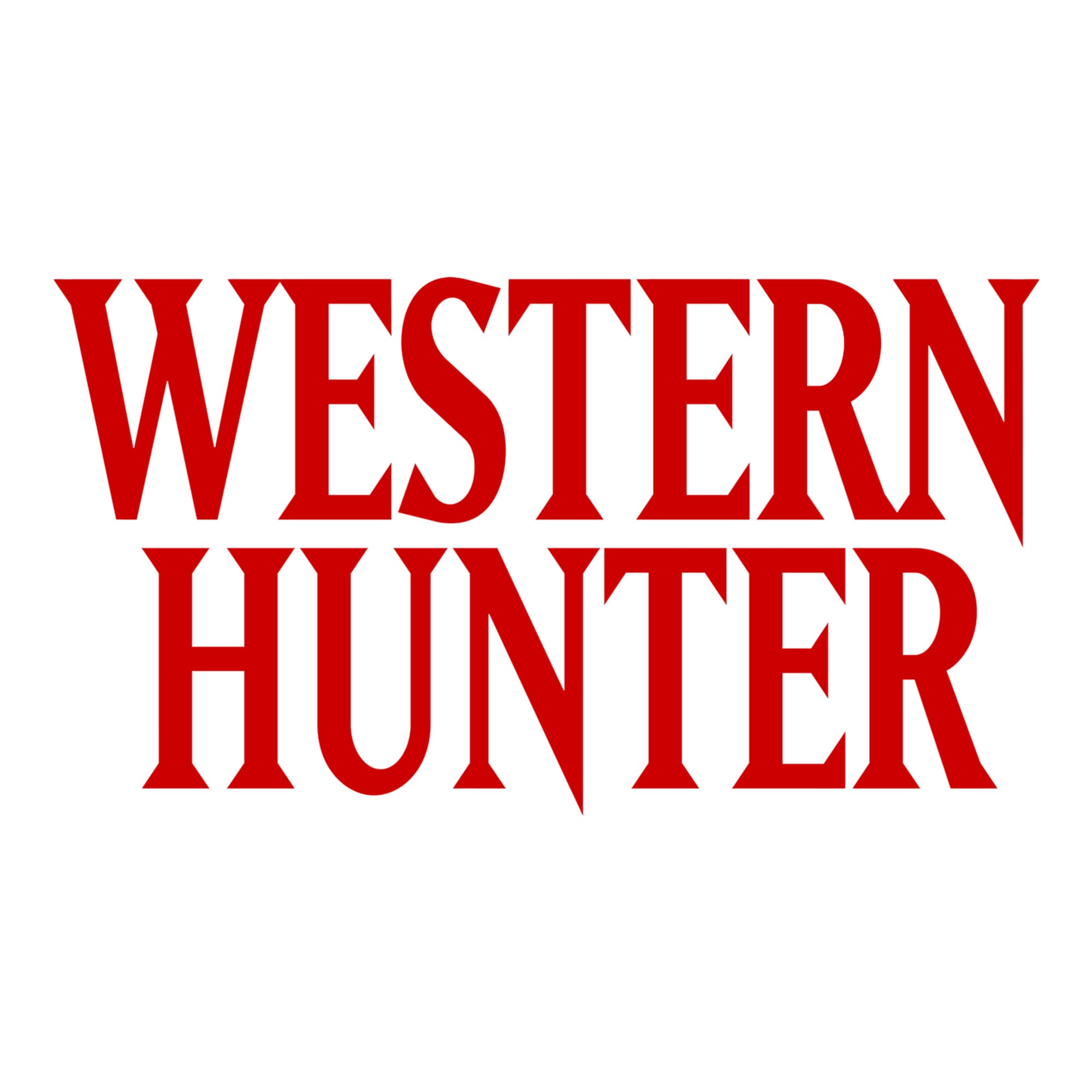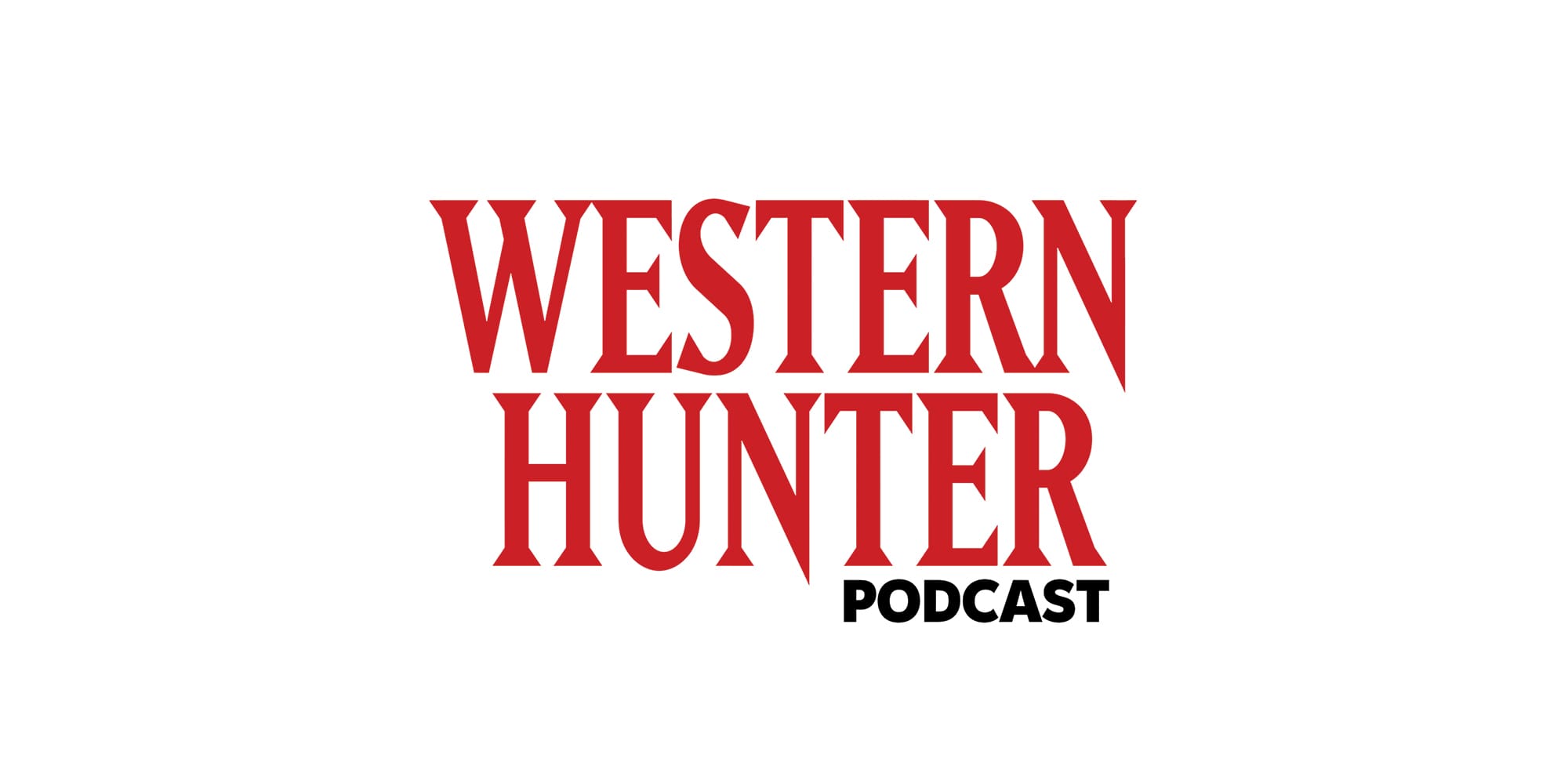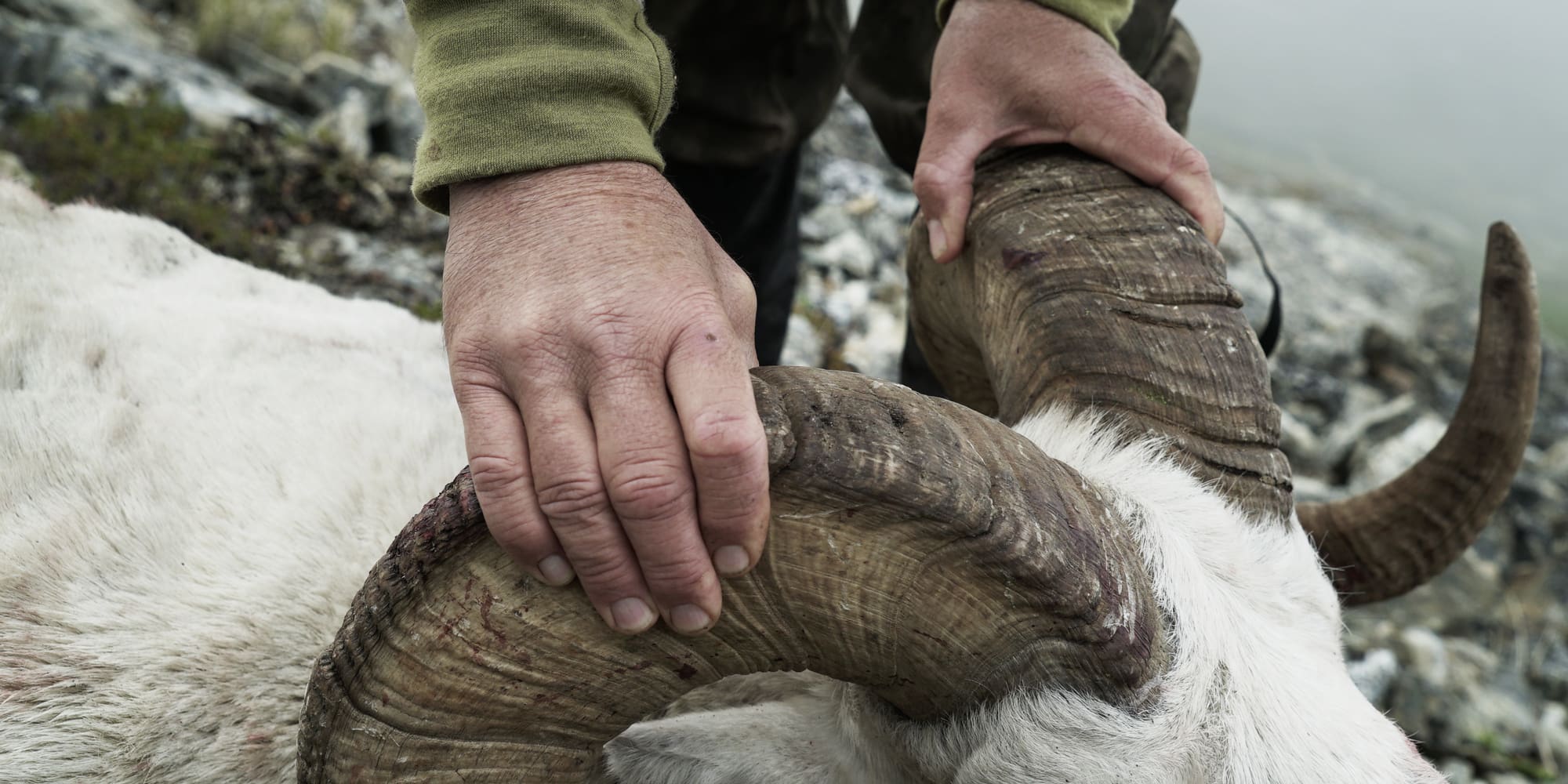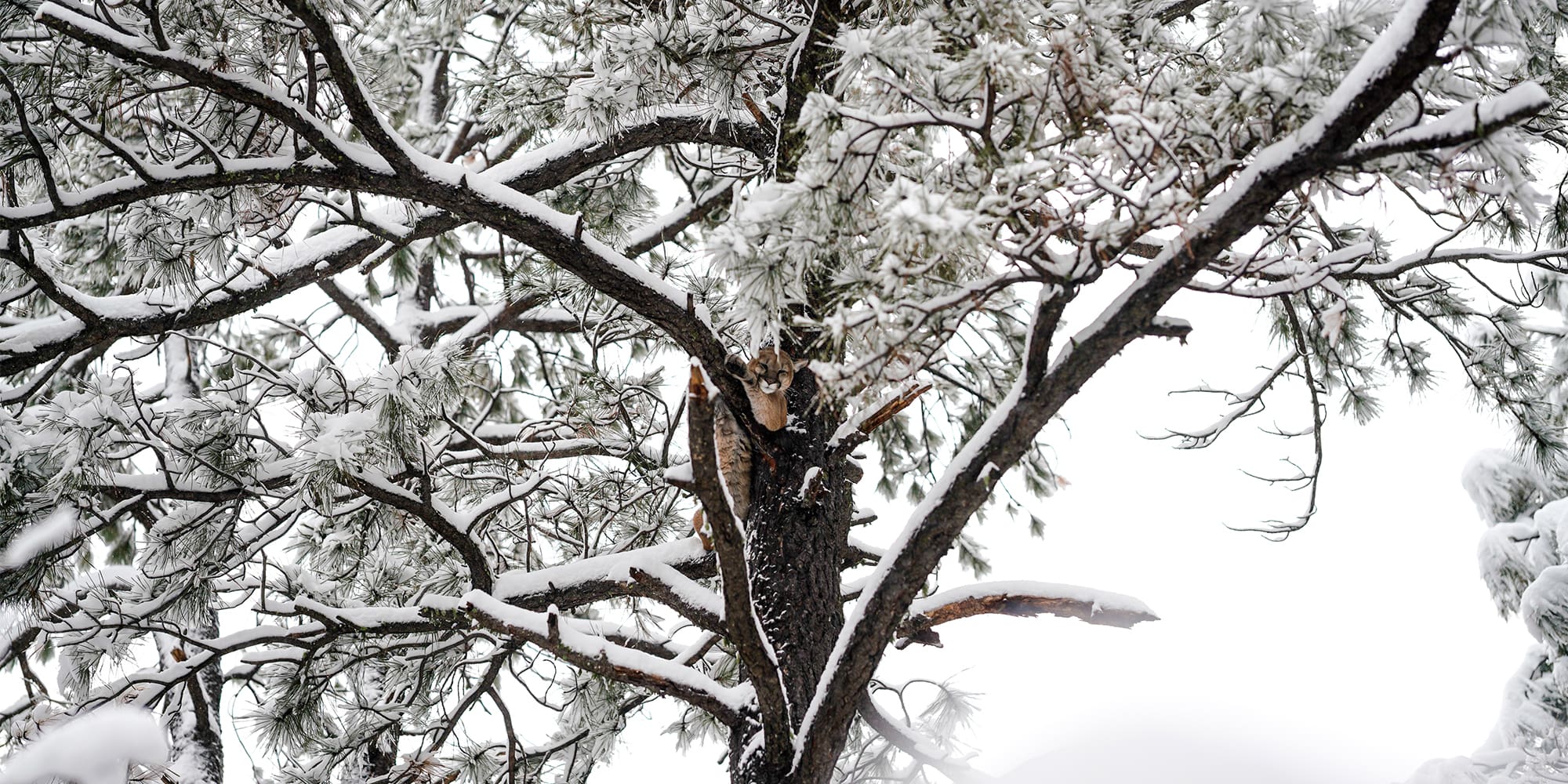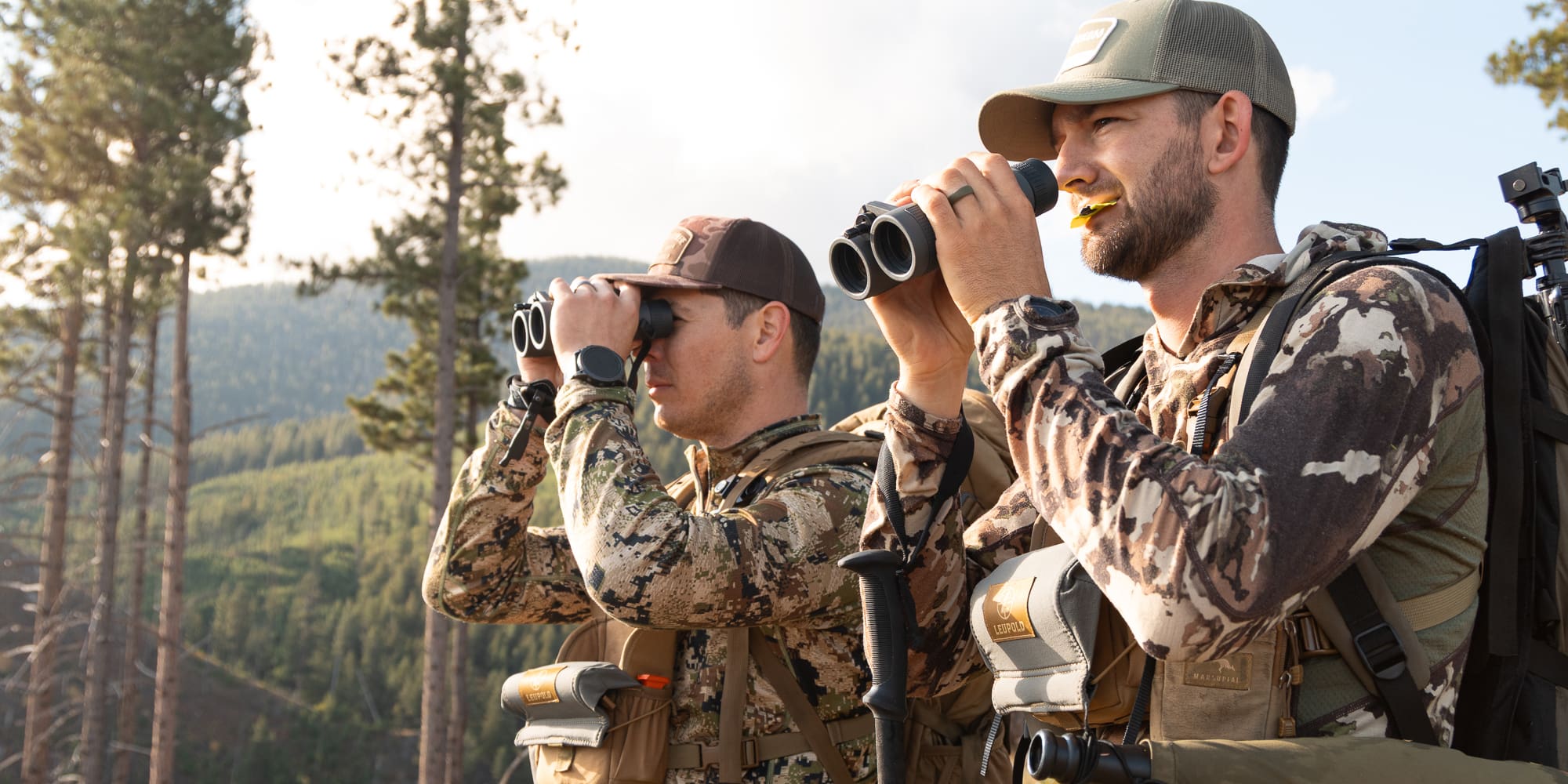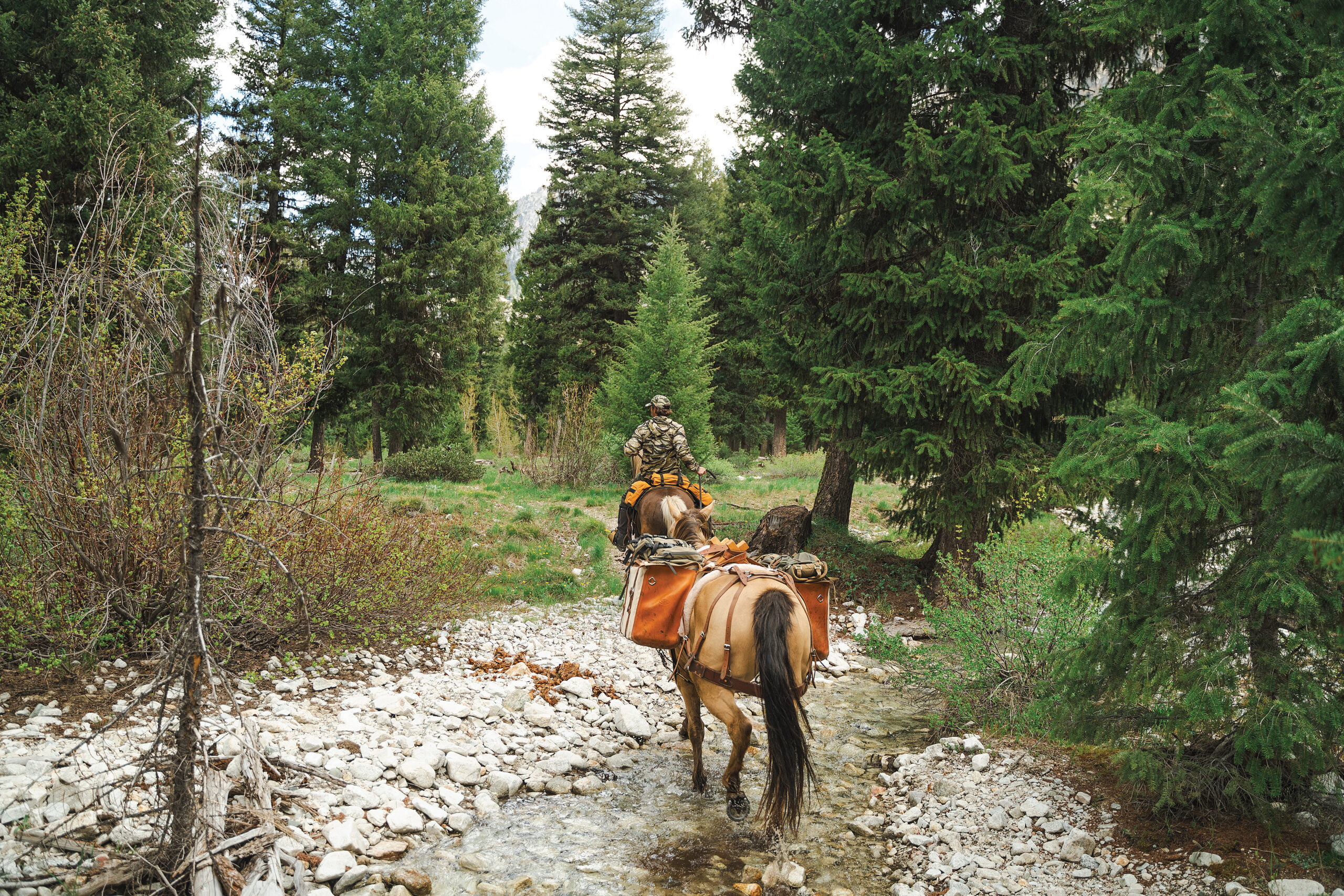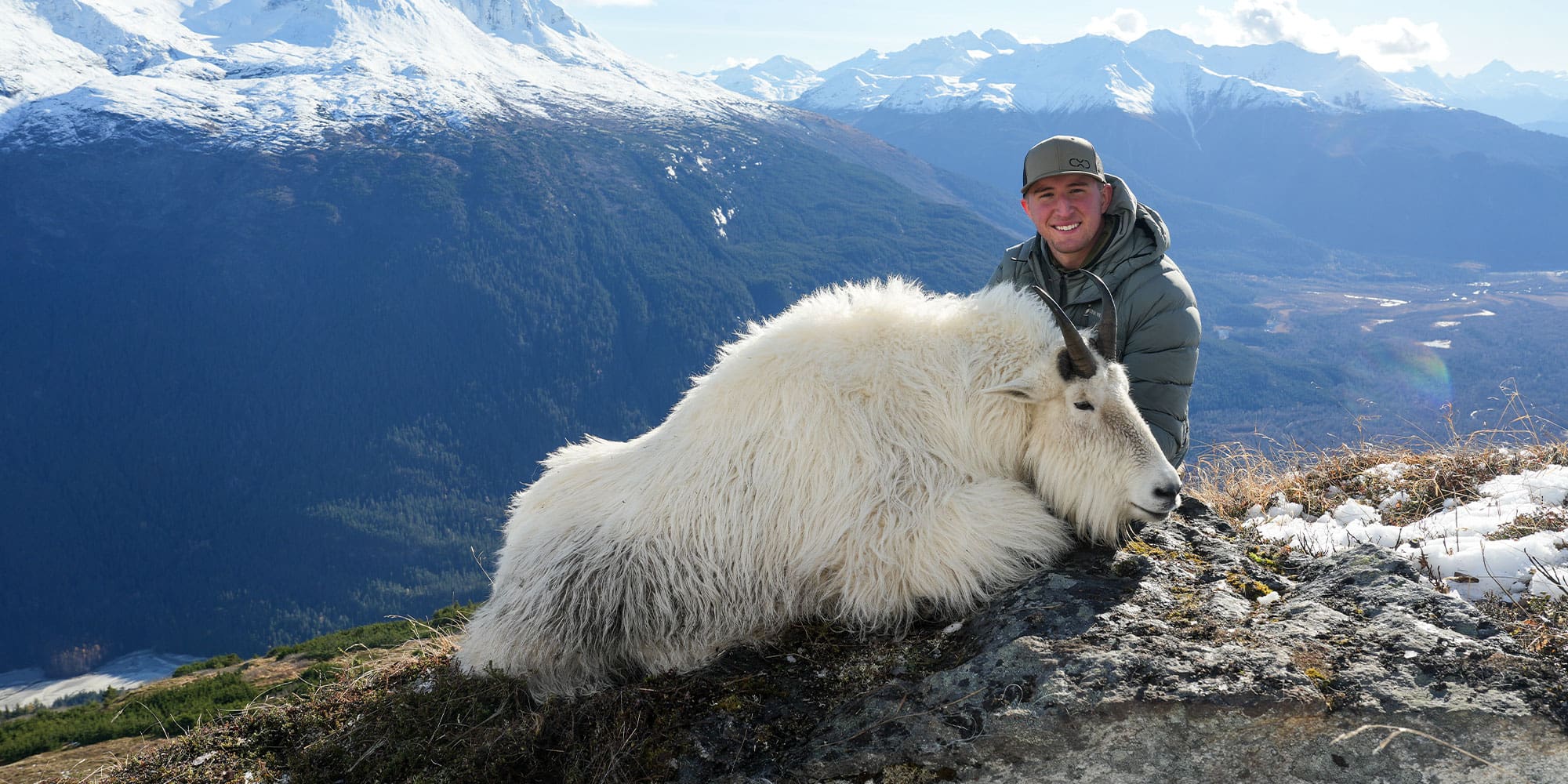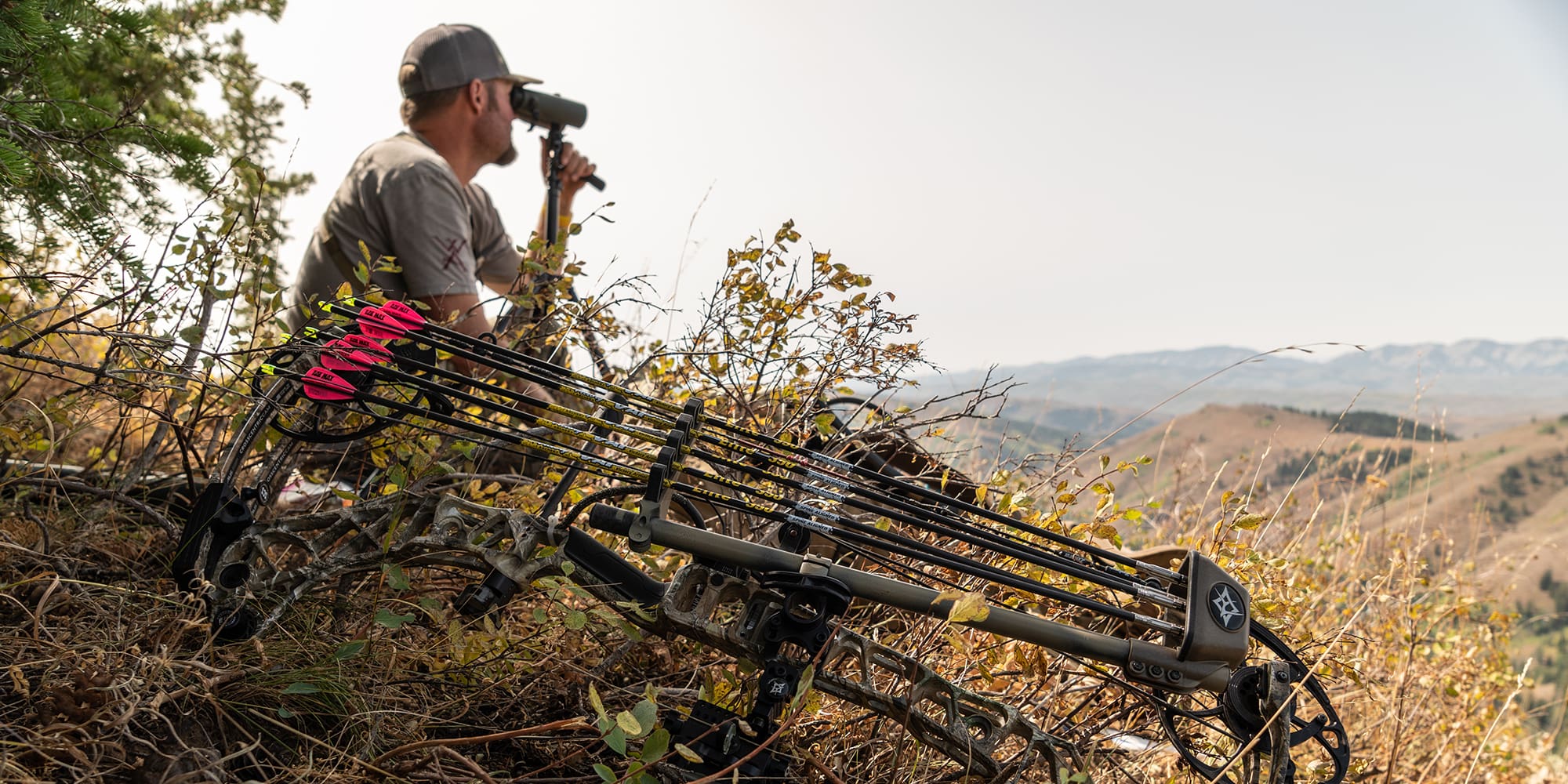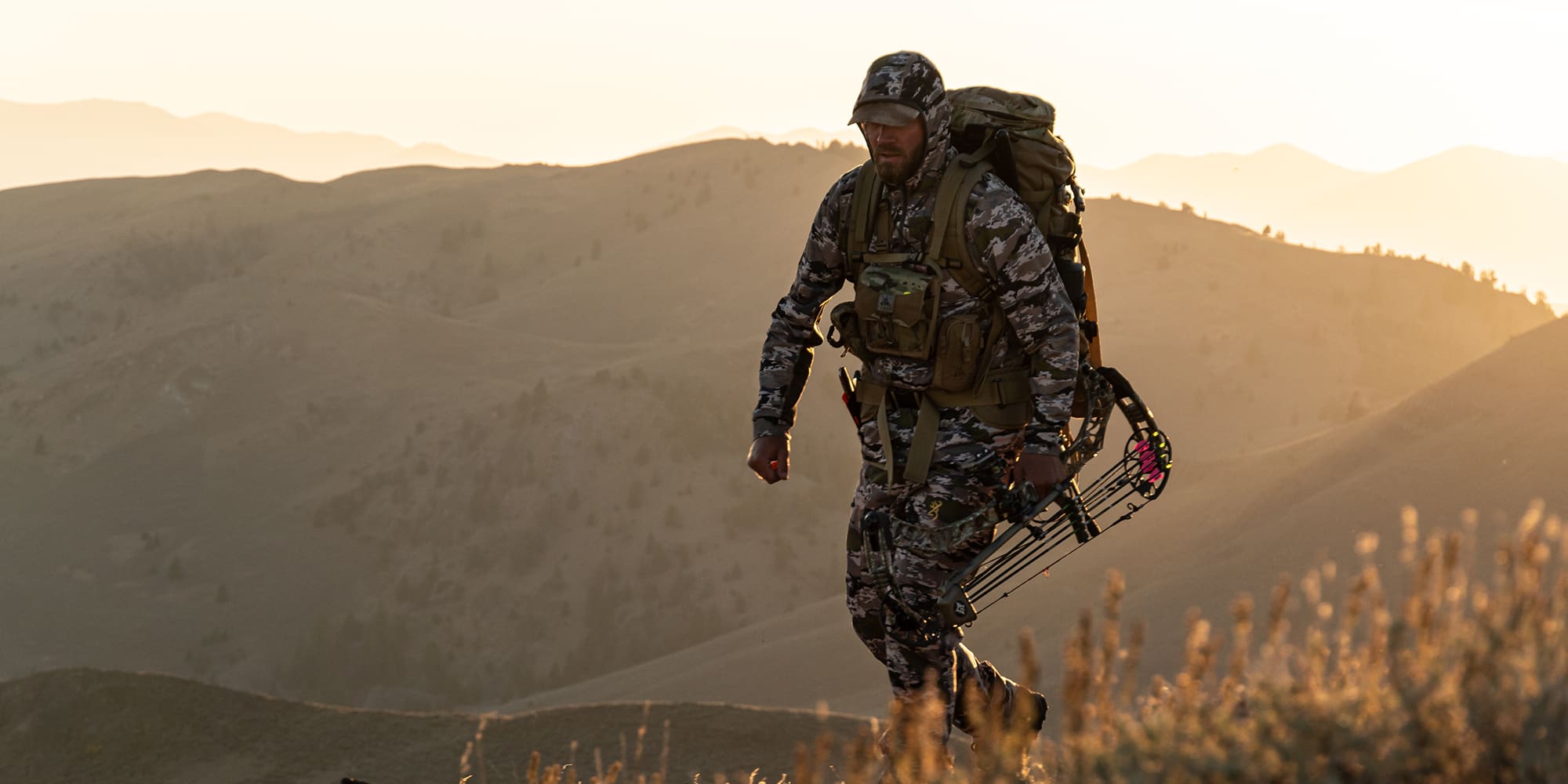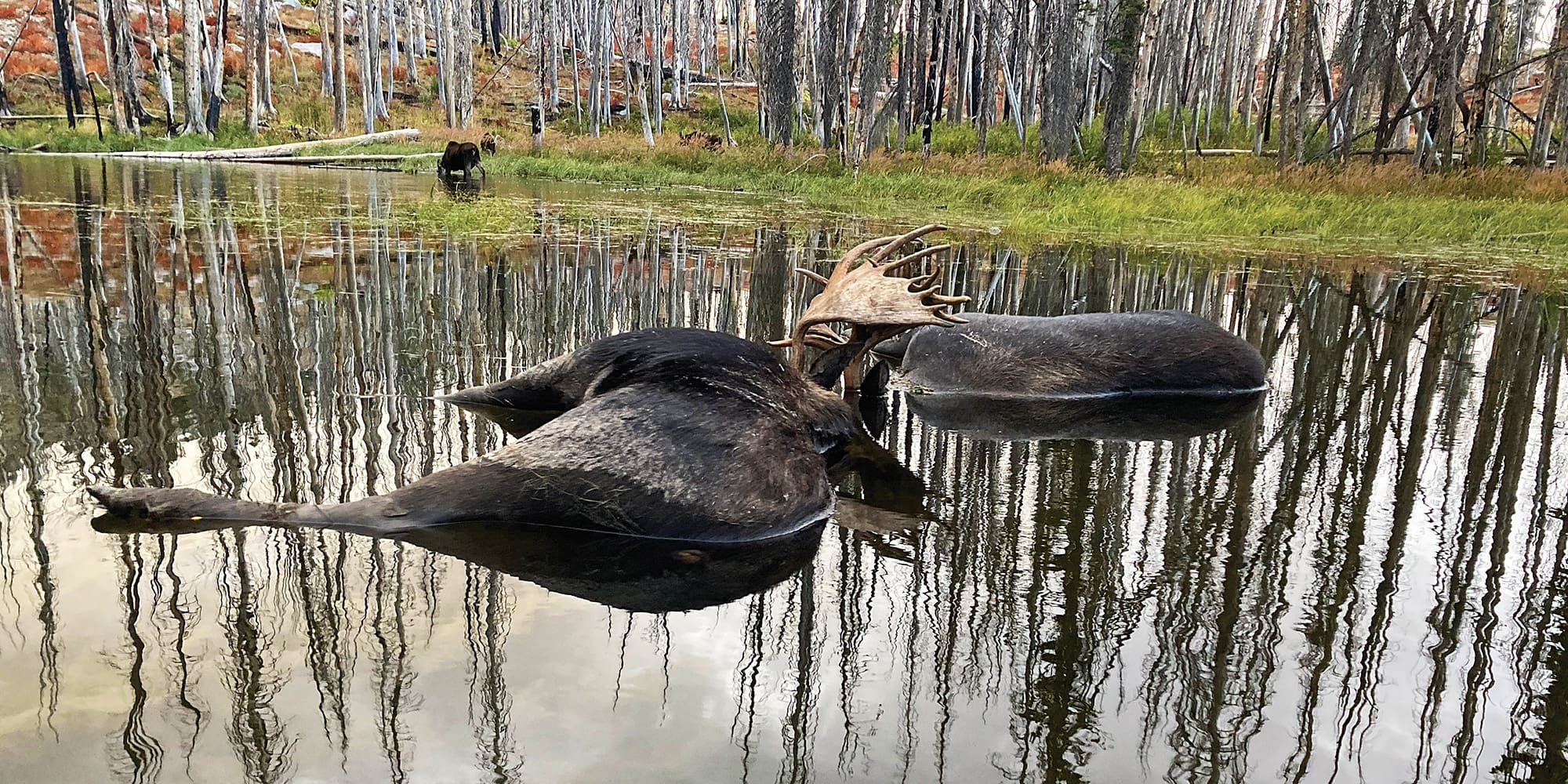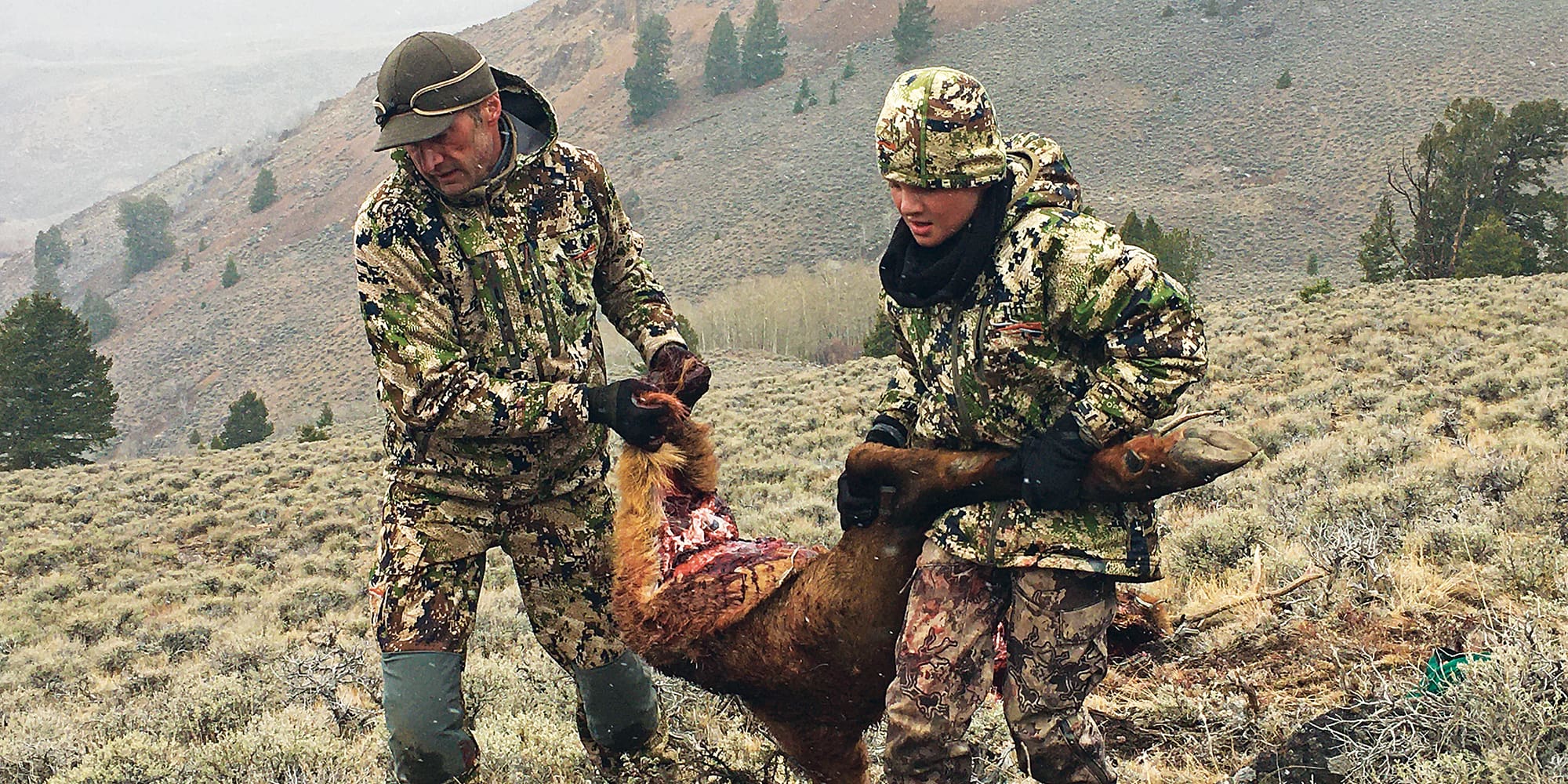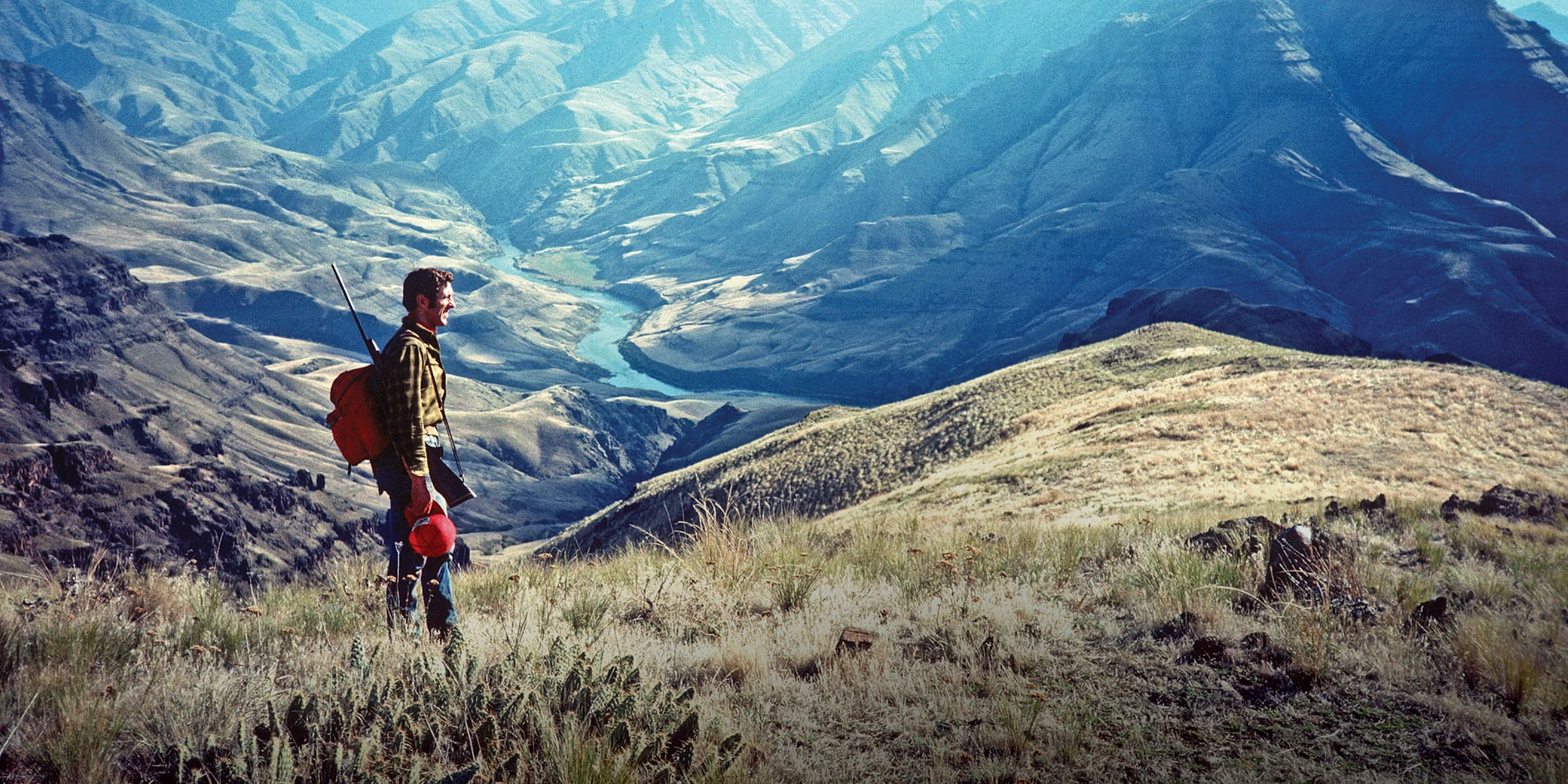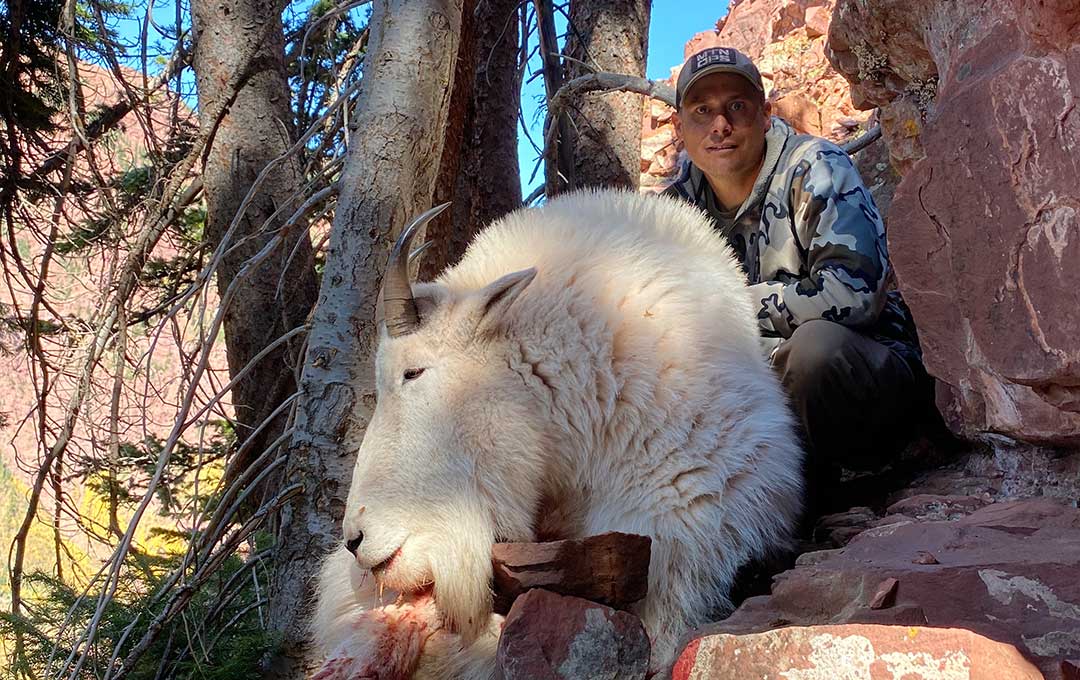
NOTICE: Certain links on this post may earn a commission for Western Hunter Magazine from Amazon or our other affiliate partners when you make a purchase. Thank you for your support.
Fortress of the Goats
Sometimes, as hunters, we apply for draws that take us to entirely new areas, states, or even countries. Our application strategy can be as diverse as species, hunting area, and statistical advantage or as simple as a habit, blindfolded dart throw, or spine tingle. For me, drawing a mountain goat tag in my home state of Colorado would come from the former; a statistical number-crunching game with some weighted preference points and luck sprinkled in.
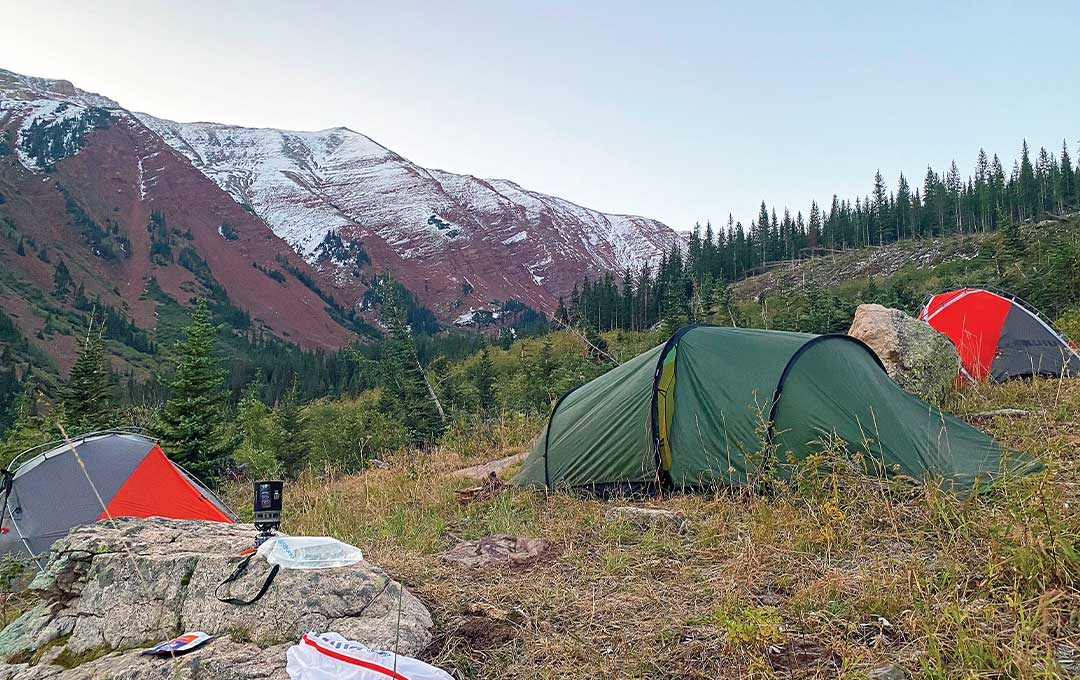
Before drawing a mountain goat tag, I had never been in the Maroon Bells/Snowmass wilderness. This area of Colorado remains a stronghold for the mountain goat. If you’ve ever watched goats on the mountain or been in the “Bells” wilderness, you’ll know why. On this hunt, I observed goats in places that are completely unreachable short of tying into ropes to get up, let alone back down.
Access Denied
The Covid pandemic of 2020 made for a challenging year in almost all aspects of life. Much of the Maroon Bells wilderness access required a reservation to drive to some of the major trailheads. By the time I heard about the reservation system, there were no available slots to reserve. Despite this, I still took several scouting trips into the unit before the season opened. All the strategy, advice, studying of maps, and scouting trips had failed to produce the goat that I was hunting for. I was now on my third trip into the unit since the season had started. This trip would be a solo-venture into country I had not been to before.
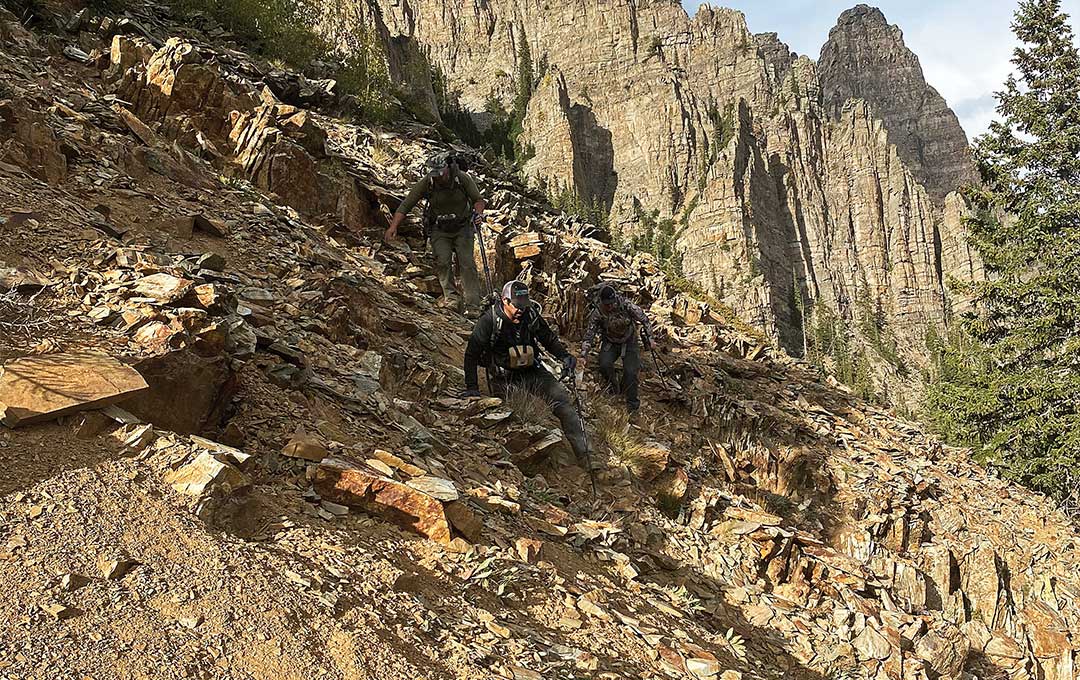
As opening day broke, I tried to glass up a goat I had seen the night before. To no avail, I took a brief pit stop back at camp for breakfast and headed off down a different drainage. Later that morning, I spotted a small group of goats on a distant ridge that seemed to have the right “look” to them, but even through the spotter, they were too far away to really know what they were. I made my way further down the drainage to try to get a better look. As I emerged from a patch of timber, I noticed a patch of white on a cliff face on the other side of the drainage. Through the spotter I saw that the white patch was indeed a goat; a good goat.
Out of Options
The goat was in a decent position for a stalk. From his perch on the cliff face, he could see all the way to the bottom of the drainage. I would have to gain some elevation and come at him from the side. I took my time to close the distance but eventually I ran out of cover. Afraid that I would be spotted trying to get any closer, I set up for the shot. My shooting position was not ideal as I tried to balance my pack in the stunted trees and scree field. The goat was still bedded on his perch and unaware that I was there. I took my time to account for the yardage and angle and cleared any small branches that might obstruct my muzzle. The shot hit home, but the goat rose from his bed and walked into the timber. Damn, they’re tough! I waited and glassed, and the goat never reappeared.
Not knowing if the goat was dead or alive, I slowly made my way to where he disappeared into the trees. I eventually spotted the goat, bedded up and still alive. After a quick finishing shot, the goat was mine.
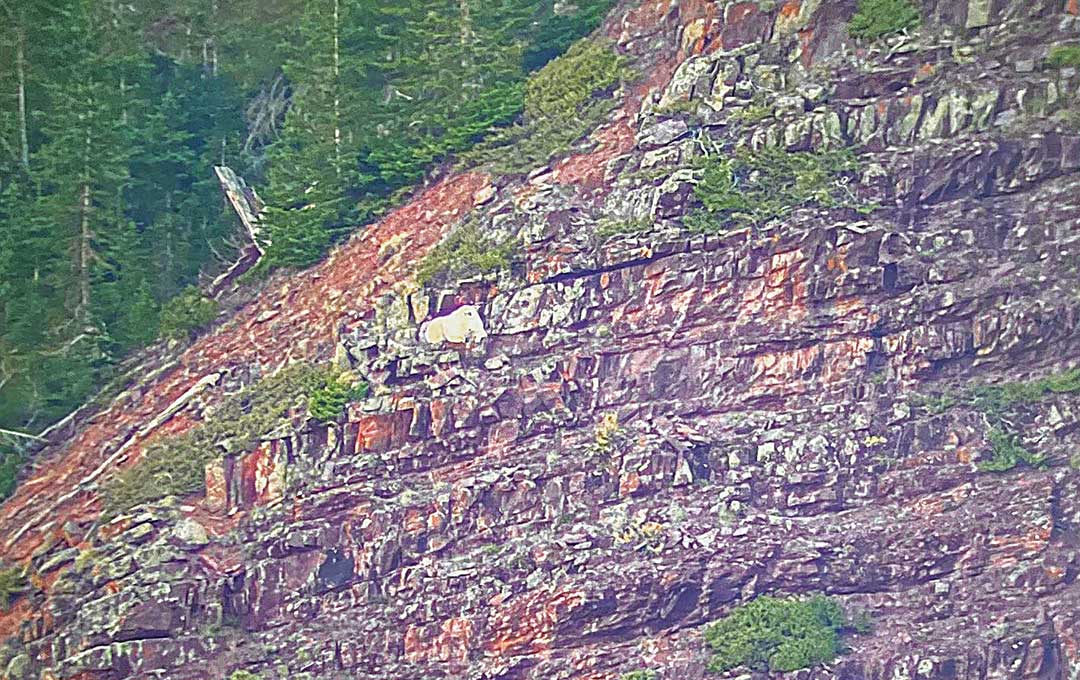
I worked through the afternoon to get the goat caped and all the meat boned and into game bags. I shuttled the meat and cape down off the mountain in hopes the remaining pack out trips would be slightly easier. I cached what I couldn’t carry out on the first trip in a rockslide, covering it with rocks and pine boughs. I then enlisted the help of my Dad and my friend Zac via InReach to get the rest of the goat and my camp off the mountain the following day.
Overall, the hunt itself was hard. The experience was humbling. I made some new friends and spent some time on the mountain with old friends. I certainly hope that someday I can pay it forward to all that were involved in the hunt.
By Brett Hemmerling


